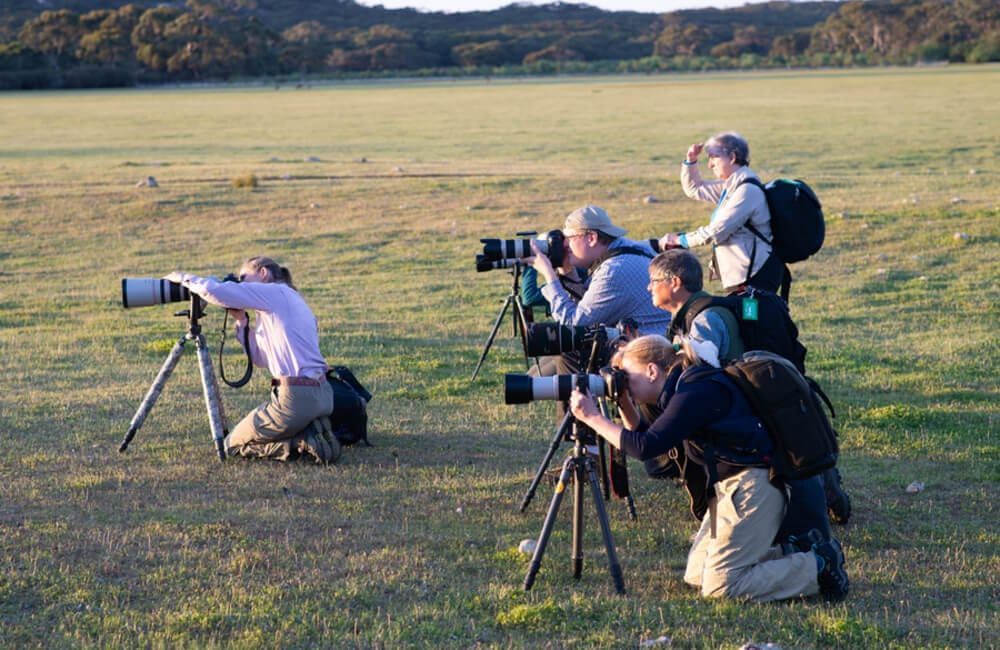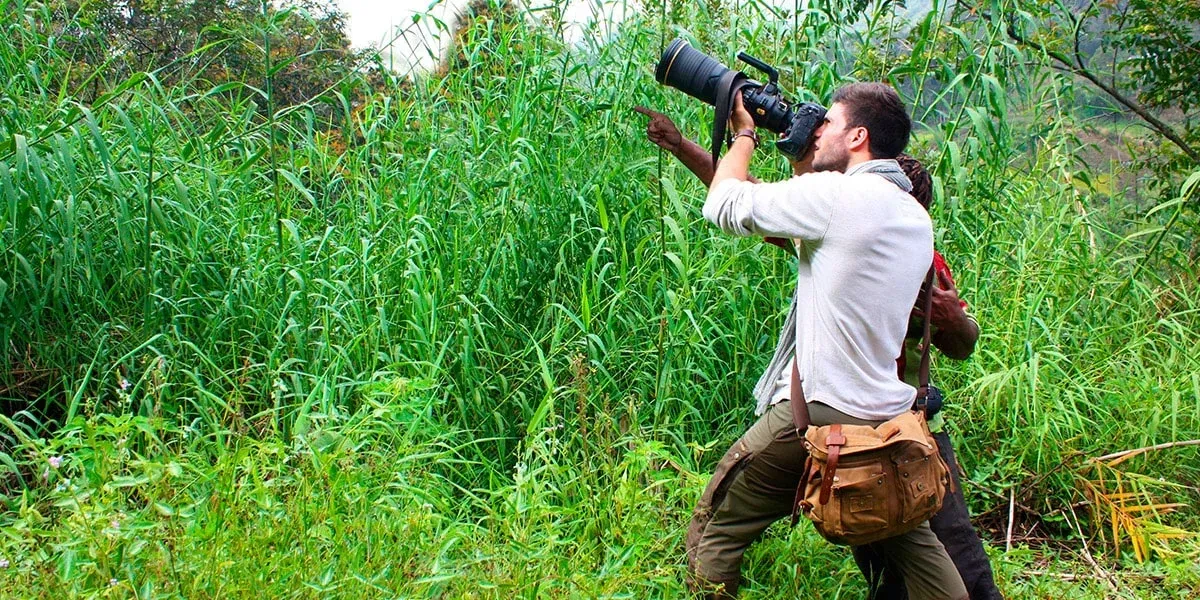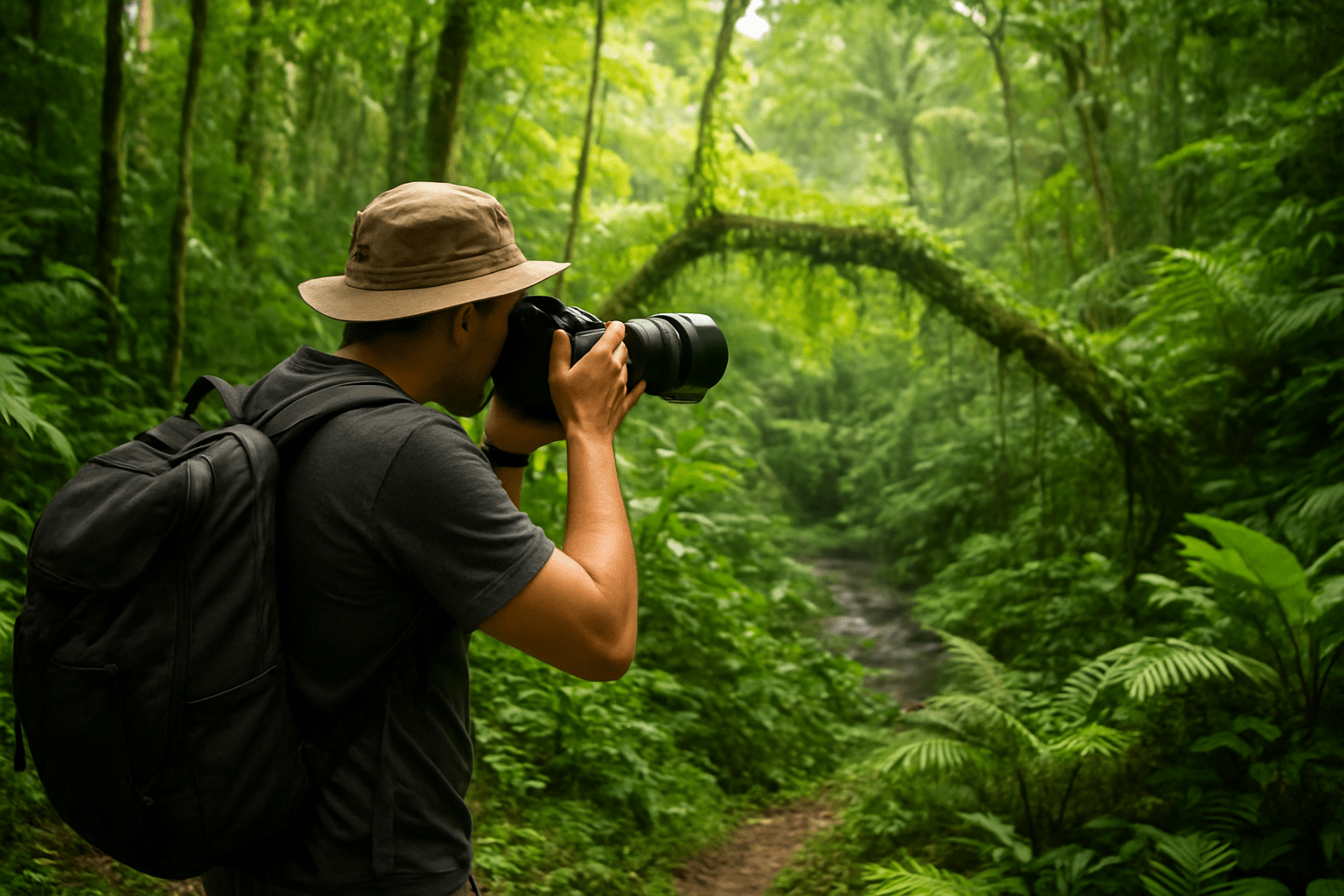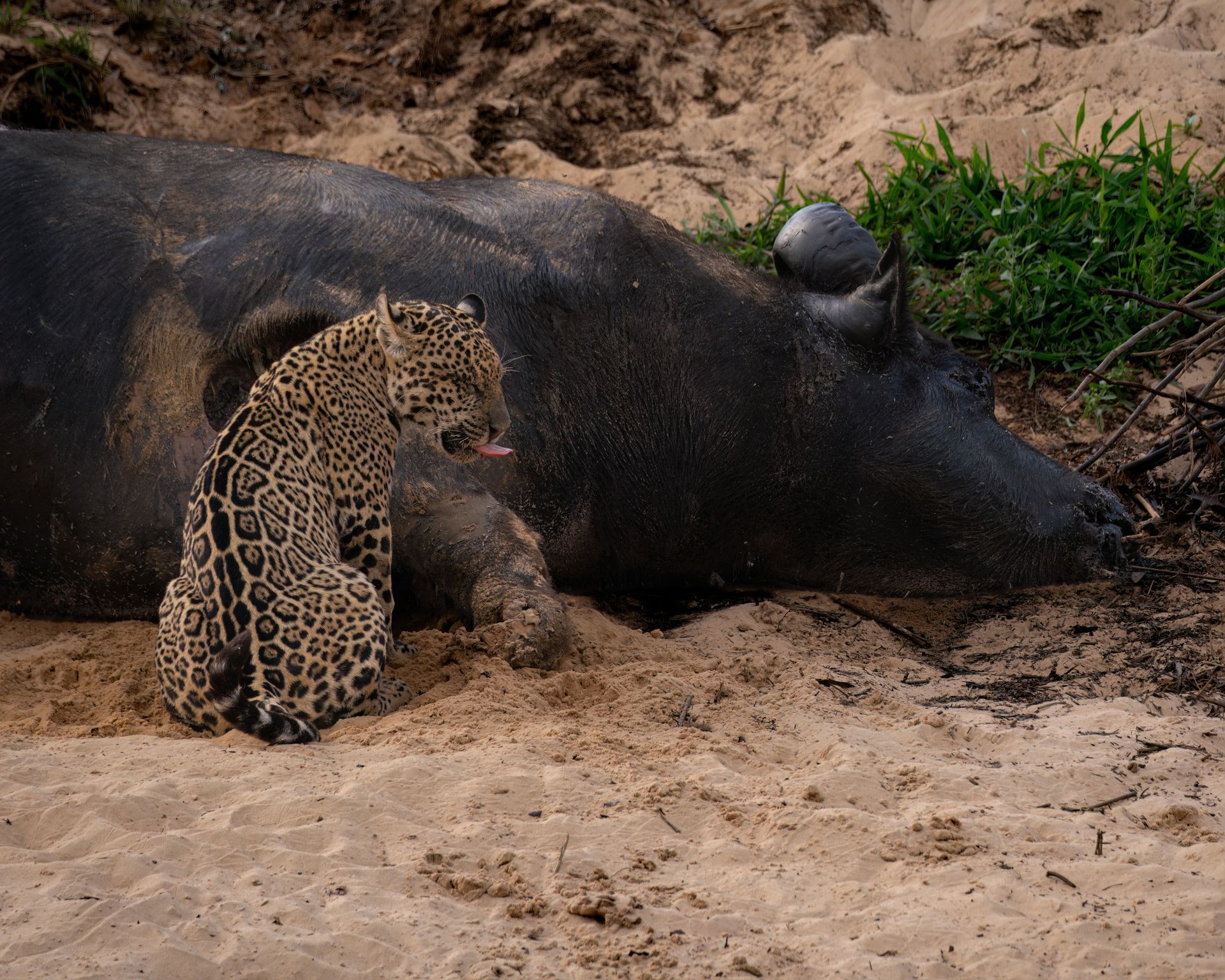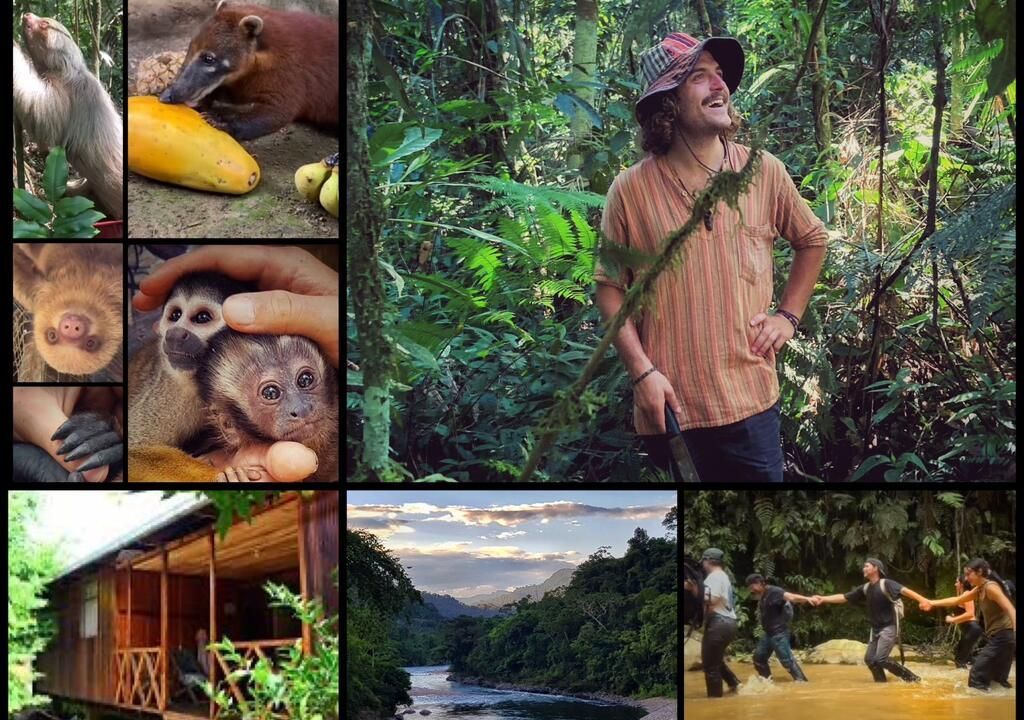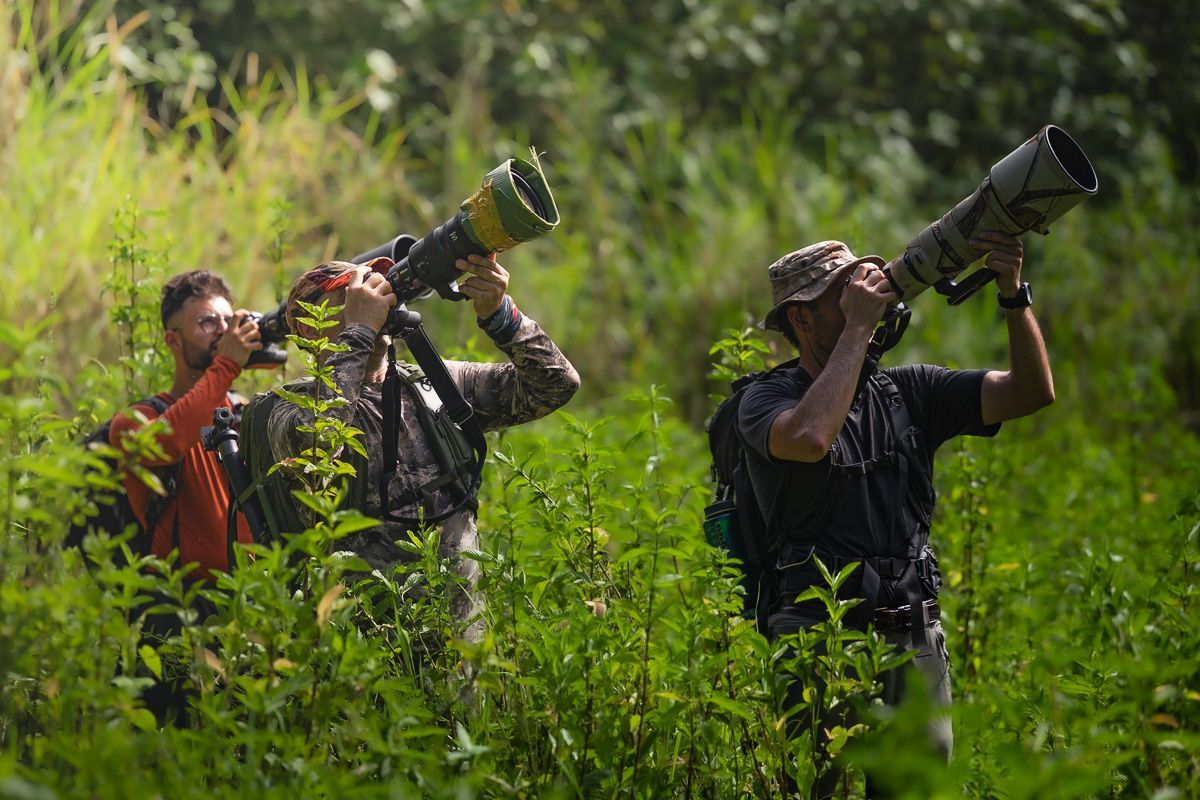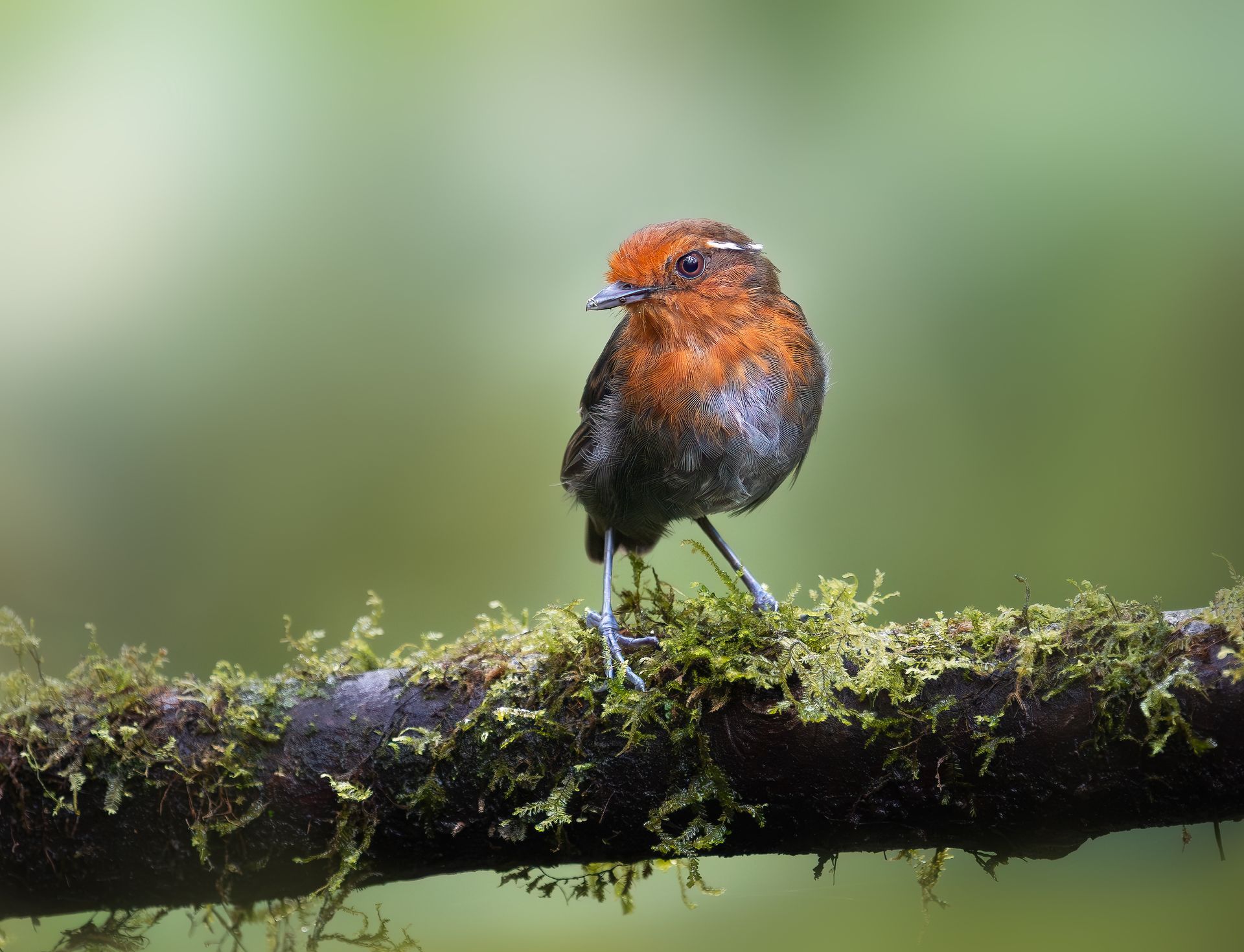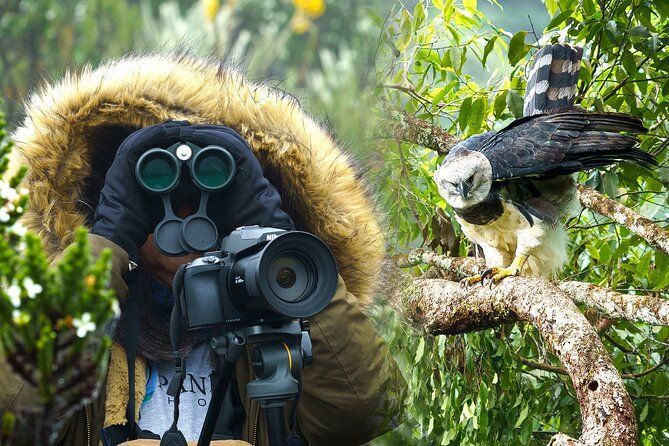Wildlife and Bird Photography Adventures in Patagonia
Wildlife and Bird Photography Adventures in Patagonia
Stretching across the southernmost reaches of Chile and Argentina, Patagonia is one of the planet’s last true frontiers — a land of towering peaks, immense glaciers, and windswept plains teeming with wildlife. For photographers, this region is more than a destination; it’s an experience of raw nature at its most powerful and pristine.
Whether you’re chasing the silhouette of a condor gliding over the Andes, the elusive puma stalking guanacos in the steppe, or vibrant austral parrots framed against icy mountains, Patagonia offers endless opportunities to tell stories through your lens.
This guide explores the best wildlife and bird photography experiences in Patagonia, the essential gear to bring, expert techniques for the region’s unique lighting conditions, and how to make the most of this photographer’s paradise.
Why Patagonia is a Dream for Wildlife Photographers
Few places on Earth evoke such a deep sense of wilderness as Patagonia. Shared by Chile and Argentina, it spans over a million square kilometers, from the jagged granite peaks of Torres del Paine to the frozen expanse of the Southern Ice Field.
For photographers, Patagonia is not about quantity but quality — each encounter feels cinematic. The open landscapes, unpredictable weather, and natural drama offer rare moments where light, subject, and scenery align in perfect harmony.
A Photographer’s Playground of Contrasts
- Dramatic light: Constantly shifting skies create dynamic lighting conditions ideal for artistic shots.
- Wide open spaces: Perfect for minimalist compositions and wildlife in context.
- Iconic species: Home to pumas, condors, rheas, flamingos, and Magellanic penguins.
- Remote serenity: Many locations remain untouched, offering a genuine sense of discovery.
Patagonia’s vastness challenges photographers to think creatively — to use scale, light, and timing to capture emotion in every frame.
The Birds of Patagonia: Beauty in the Wind
While large mammals often steal the spotlight, Patagonia’s avian diversity is a hidden treasure. Over 400 species call this region home, including some of South America’s most photogenic birds.
Andean Condor – The King of the Skies
Few experiences compare to watching a condor soar along the cliffs of Torres del Paine or the Fitz Roy range. With a wingspan of over three meters, this massive raptor symbolizes the spirit of the Andes.
Photography tips:
- Shoot early or late in the day to highlight the golden light on its wings.
- Use fast shutter speeds (1/2000s or faster) to freeze gliding motion.
- A 300–500 mm lens is ideal for distant flight shots.
Chilean Flamingo – Color Against the Cold
In stark contrast to the grey landscapes, Chilean flamingos bring splashes of pink to the saline lagoons of Patagonia. Their reflections in calm water create painterly compositions.
Best locations: Laguna Nimez (El Calafate), Laguna Colorada, and the salt lakes near Torres del Paine.
Magellanic Woodpecker – The Forest Sentinel
Patagonia’s temperate beech forests hide one of its most striking birds — the Magellanic Woodpecker. With its fiery red head and jet-black plumage, this species is a favorite among photographers seeking moody forest portraits.
Pro tip: Listen for its rhythmic drumming and be patient. Early morning light filtering through the trees produces magical tones.
Austral Parakeet – Life in the Cold
The world’s southernmost parrot thrives in Patagonia’s cold forests. Photographing flocks feeding on lenga trees can yield dynamic, colorful frames against snowy backdrops.
Iconic Mammals to Photograph
Puma – Patagonia’s Apex Predator
The Patagonian puma is one of the most photographed big cats on Earth. The best place to photograph them is Torres del Paine National Park, where professional trackers help locate these elusive hunters.
Photography recommendations:
- Long telephoto lenses (500–600 mm) for ethical distance.
- Golden hour sessions offer warm tones on fur and background.
- Prioritize patience — one perfect shot can take days of waiting.
Guanaco – The Silent Subject
Guanacos, relatives of llamas, roam the steppe in herds. Their gentle demeanor and alert postures make them excellent subjects for both portrait and environmental photography.
Creative idea: Capture them silhouetted against sunrise or mountains for minimalistic compositions.
Patagonian Fox and Hog-nosed Skunk
Smaller mammals like the Patagonian gray fox or hog-nosed skunk add character to photo stories. These creatures are curious and often seen near lodges or trails, offering spontaneous photo opportunities.
Best Photography Destinations in Patagonia
Torres del Paine National Park (Chile)
The crown jewel of Chilean Patagonia, Torres del Paine is a UNESCO Biosphere Reserve famous for its granite towers, turquoise lakes, and abundant wildlife.
Highlights:
- Pumas in the grasslands.
- Condors soaring near the Cuernos del Paine.
- Herds of guanacos in golden light.
- Reflection shots at Lago Pehoé and Lago Nordenskjöld.
Tip: Base yourself near Estancia Laguna Amarga or Puma Tracking camps for both comfort and access.
Los Glaciares National Park (Argentina)
Home to the famous Mount Fitz Roy and Perito Moreno Glacier, this region offers breathtaking backdrops for bird and landscape photography alike.
Species to target: Andean condor, black-chested buzzard-eagle, torrent duck, and upland goose.
Best times: November to March for longer daylight hours and active wildlife.
Tierra del Fuego
At the southern tip of South America, Tierra del Fuego is where the Andes meet the ocean. Here, you can photograph king penguins at Bahía Inútil, seabirds along the Beagle Channel, and windswept coastal ecosystems.
Highlights:
- King Penguins – the only breeding colony outside Antarctica.
- Black-browed albatross in flight.
- Imperial cormorants nesting on rocky outcrops.
Photography tip: A wide-angle lens can help capture the vastness and isolation of these colonies.
Valdés Peninsula (Argentina)
A UNESCO World Heritage Site, the Peninsula Valdés is a marine paradise. From southern right whales breaching near Puerto Pirámides to colonies of Magellanic penguins, it’s a must-visit for photographers interested in both birds and marine life.
Key species:
- Magellanic penguins
- Southern right whales (June–December)
- Elephant seals and sea lions
- Elegant crested tinamous inland
Ideal Seasons for Photography
Patagonia’s seasons bring different photographic opportunities:
- Spring (October–December): Bird nesting and wildflower bloom.
- Summer (January–March): Longer days and mild weather for puma tracking.
- Autumn (April–May): Dramatic foliage and snow-capped mountains.
- Winter (June–August): Fewer tourists, pristine snow scenes, and unique light.
Regardless of the season, Patagonia’s weather is unpredictable — so flexibility and patience are key.
Photography Gear Checklist
Because of the region’s dynamic weather, proper preparation is essential.
Recommended equipment:
- DSLR or mirrorless camera with fast autofocus.
- Lenses: 24–70 mm (landscapes), 100–400 mm or 600 mm (wildlife).
- Sturdy tripod with weather-resistant feet.
- Rain covers, microfiber cloths, and silica packs.
- Extra batteries — cold drains power fast.
- Circular polarizer for lakes and skies.
Pro tip: Use lens hoods to protect against Patagonia’s strong winds and fine dust.
Lighting and Composition in Patagonia
Patagonia’s light is legendary. At sunrise and sunset, the low sun casts long shadows across the plains, while in the mountains, diffused light through thin clouds provides natural contrast.
Tips for best results:
- Use the golden hours (6–9 AM, 6–9 PM).
- Incorporate scale — a small animal framed against vast mountains creates storytelling depth.
- Experiment with backlighting to emphasize textures in fur and feathers.
- Capture movement and mood, not just species identification.
Ethical Wildlife Photography
As Patagonia becomes increasingly popular, ethical practices are essential.
Golden rules:
- Maintain a respectful distance; never bait or approach wildlife.
- Avoid flash photography with nocturnal species.
- Stick to trails and avoid trampling sensitive vegetation.
- Support local conservation efforts and eco-lodges.
Photographers play a crucial role in conservation — every image shared responsibly helps raise awareness of Patagonia’s fragile ecosystems.
The Role of Guided Photo Tours
Joining a specialized bird or wildlife photography tour can significantly enhance your experience. Guides know animal behaviors, movement patterns, and the best light angles, saving you days of trial and error.
Professional tours also offer logistical support — transport, access to private lands, and small group sizes for better positioning.
Top regions for guided tours:
- Torres del Paine (Chile)
- Estancia Laguna Amarga (puma tracking)
- El Chaltén (Argentina)
- Valdés Peninsula (marine and bird life)
Cultural and Human Stories in Patagonia
Patagonia is not just about landscapes and wildlife; it’s also home to gauchos, shepherds, and Indigenous communities who have lived in harmony with nature for centuries. Including human elements in your photography adds narrative richness and contrast.
Capture portraits of horsemen under the vast skies, shepherds with their flocks, or local artisans crafting traditional gear. These scenes connect the human spirit to the rugged environment.
Weather Challenges and How to Overcome Them
Patagonia is famous for four-seasons-in-a-day weather — rain, sun, wind, and snow can all occur within hours.
Survival photography tips:
- Use waterproof covers and quick-dry clothing.
- Keep a lens cloth ready for mist and drizzle.
- Always secure your tripod — winds can exceed 80 km/h.
- Protect memory cards and batteries from condensation.
The unpredictability, however, is what makes Patagonia so photogenic. Stormy skies and sudden sunlight create the drama that defines this region’s visual identity.
Building Your Patagonia Photo Itinerary
Here’s a sample 14-day photography-focused itinerary:
Days 1–3: Arrive in Punta Arenas or El Calafate. Travel to Torres del Paine; scout light and wildlife.
Days 4–6: Puma tracking and condor photography.
Days 7–9: Cross to El Chaltén for mountain compositions and forest birding.
Days 10–12: Explore Tierra del Fuego for penguins and seabirds.
Days 13–14: Relax and review images in Ushuaia before departure.
This route covers multiple habitats — from steppe to mountain to coast — maximizing both bird and mammal encounters.
Why Every Photographer Should Experience Patagonia
Patagonia offers a reminder of what true wilderness feels like — unfiltered, humbling, and deeply inspiring.
For bird photographers, it’s a chance to capture species found nowhere else. For wildlife enthusiasts, it’s a front-row seat to nature’s raw drama. And for landscape lovers, it’s a playground of texture, color, and light.
Every frame taken here feels timeless — the kind of image that doesn’t just show a place, but conveys emotion and silence.
As you stand before the granite towers, camera in hand, wind rushing past, and a condor tracing circles overhead, you’ll understand why photographers return to Patagonia again and again. It’s not only about taking pictures; it’s about feeling alive in the presence of something eternal.



